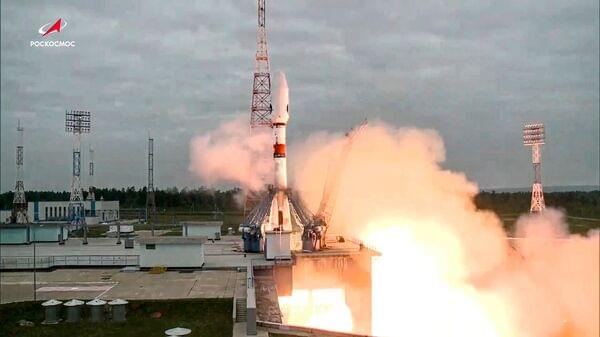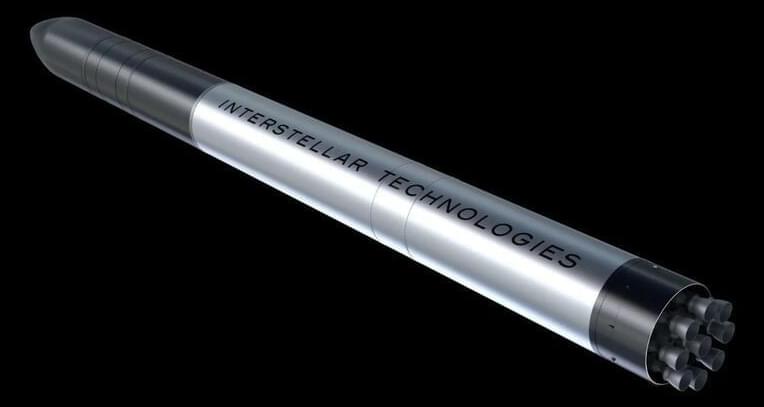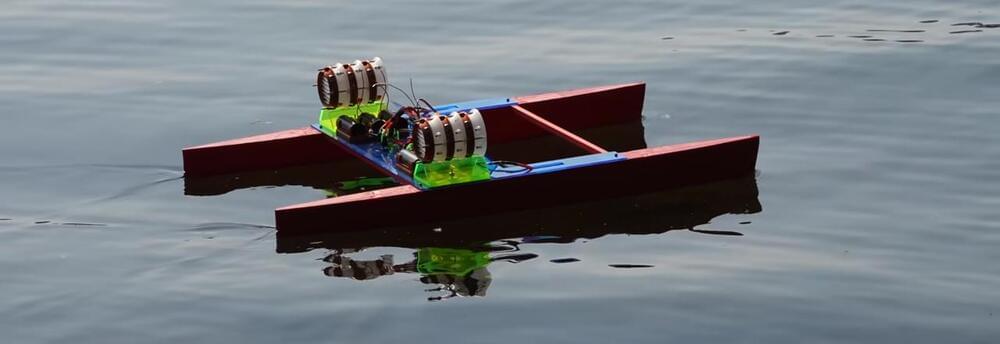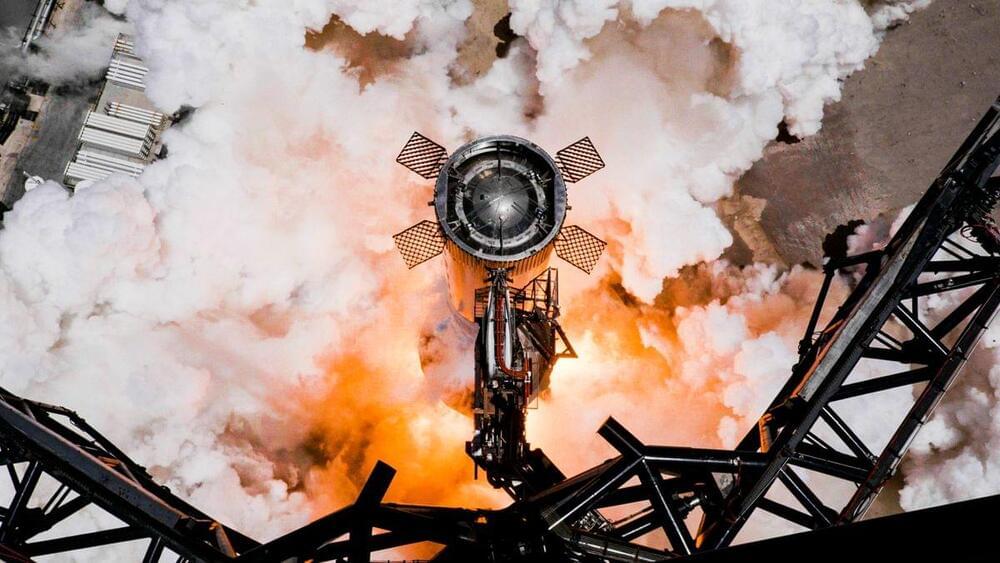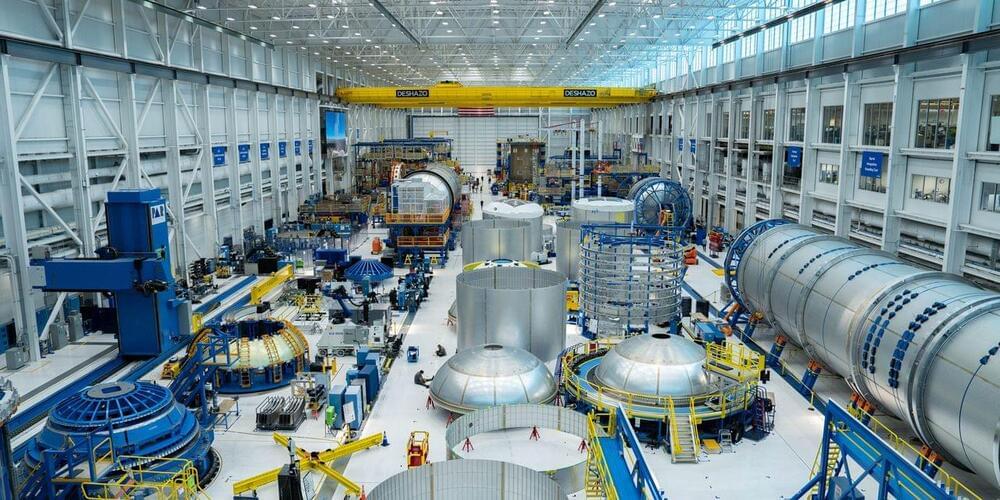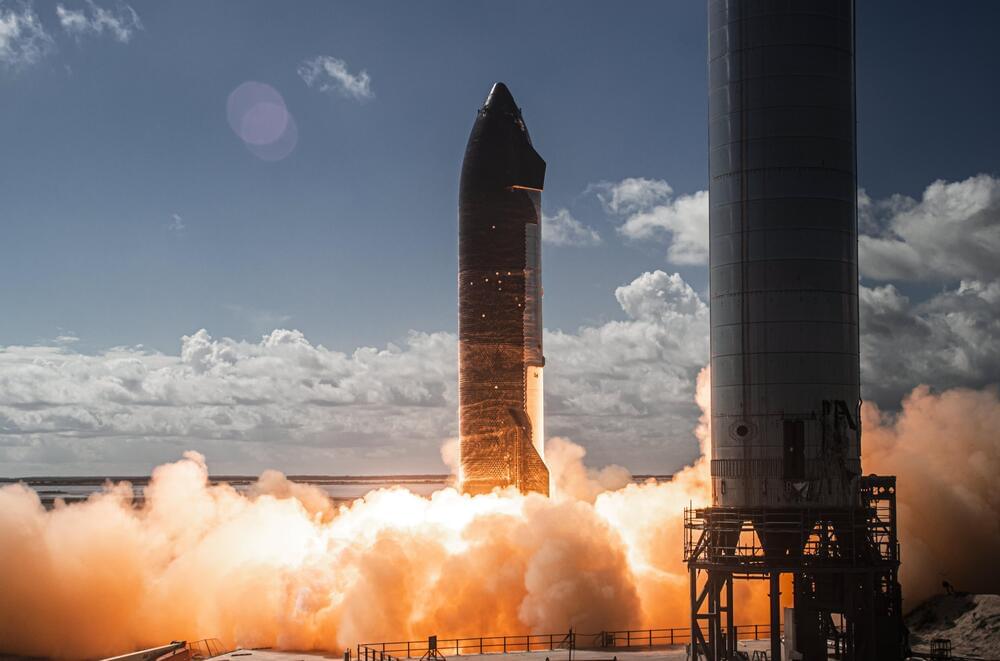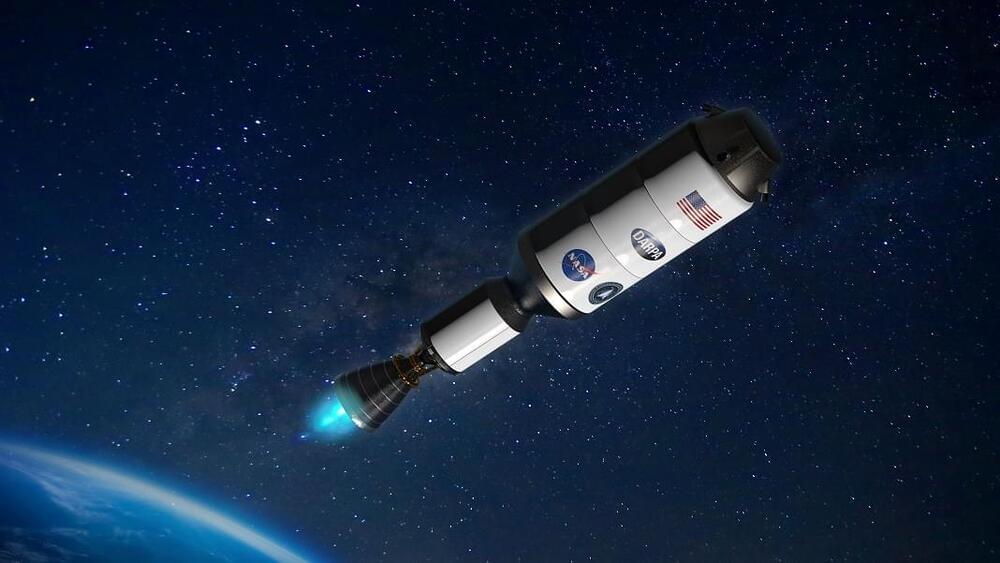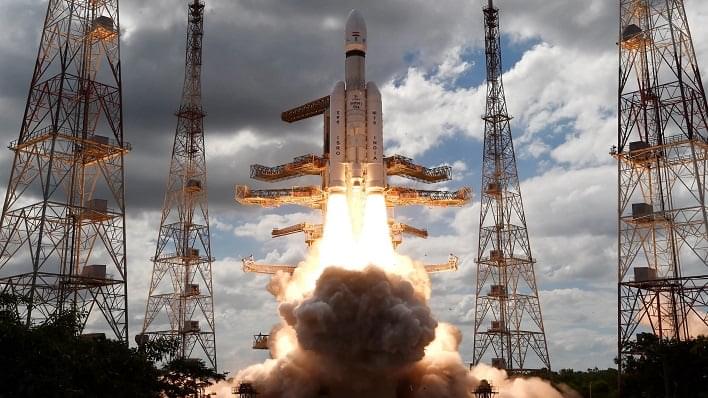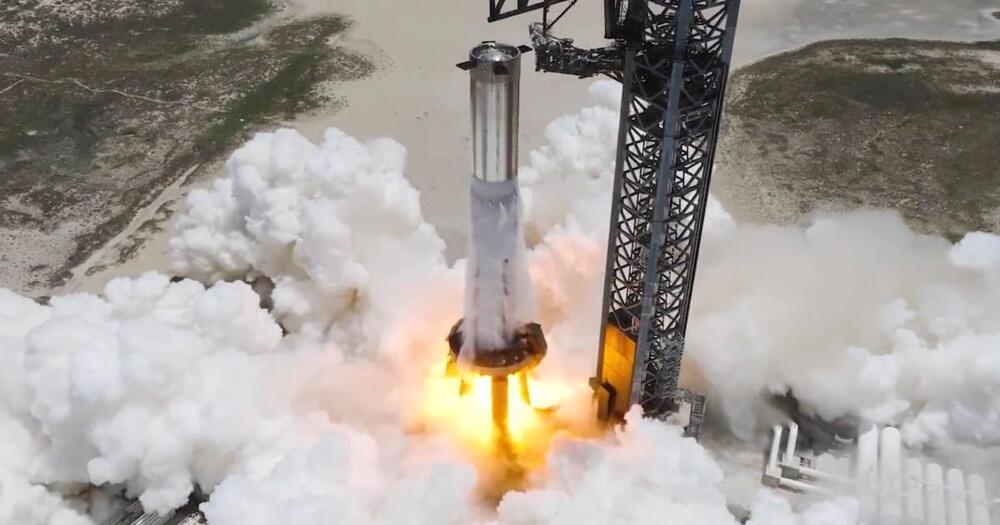Aug 11, 2023
Chandrayaan-3 vs Russia’s Luna-25; Race to Moon’s south pole position
Posted by Alberto Lao in category: space travel
Russia successfully launched its inaugural moon-landing spacecraft on Friday in 47 years. The mission aims to achieve the distinction of being the first country to achieve a gentle landing on the lunar south pole, an area thought to contain valuable reservoirs of water ice.
As per a report by Reuters, Russia’s recent lunar mission, it’s inaugural one since 1976, is in a competitive race with India, which sent its Chandrayaan-3 lunar lander to space last month.
Moreover, it’s part of a larger competition involving the United States and China, both of whom have well-developed lunar exploration initiatives that focus on the southern region of the Moon.
